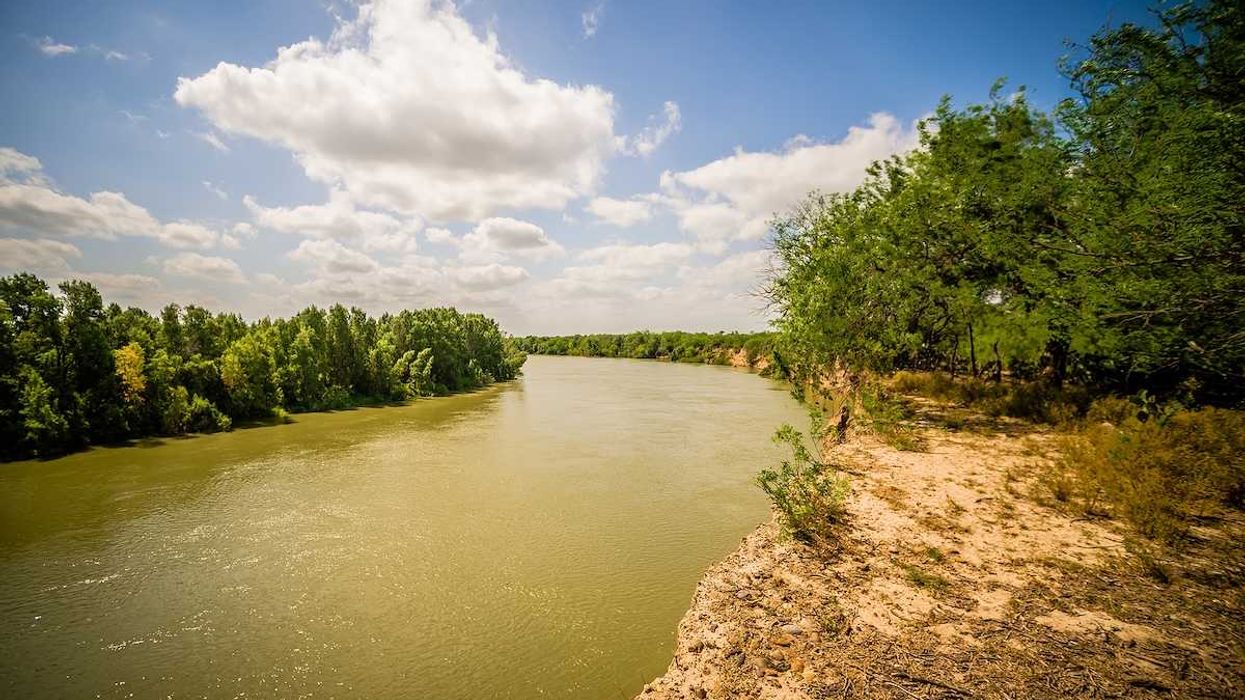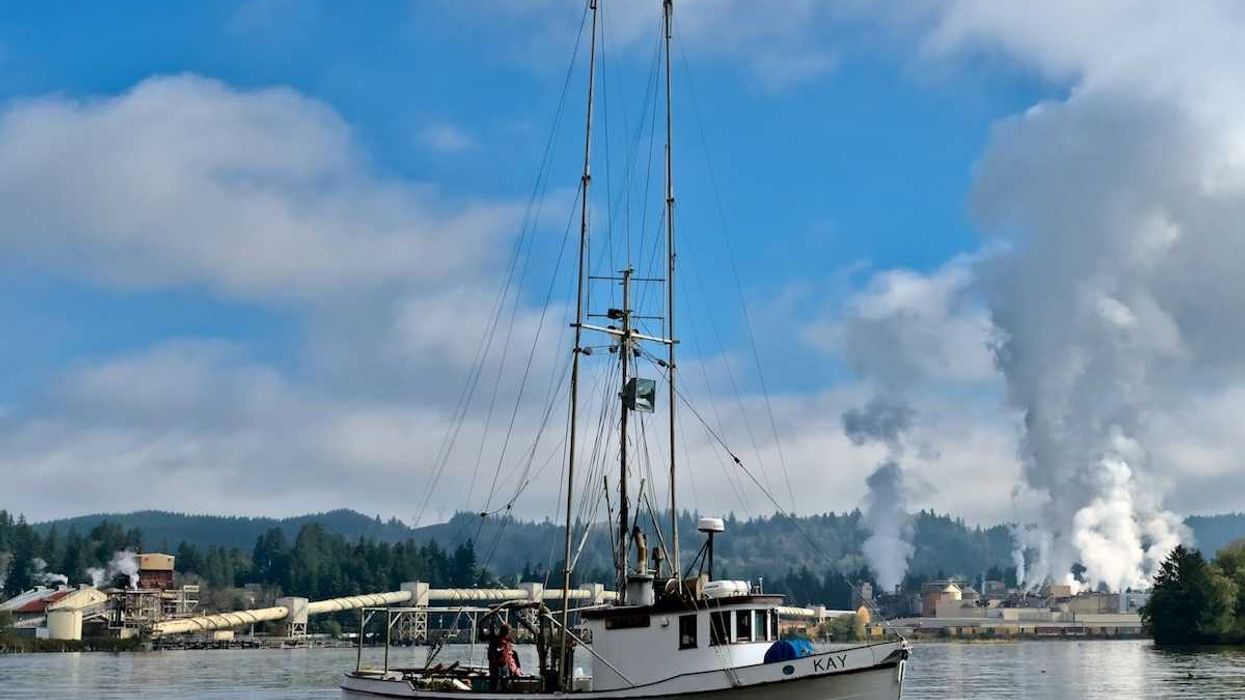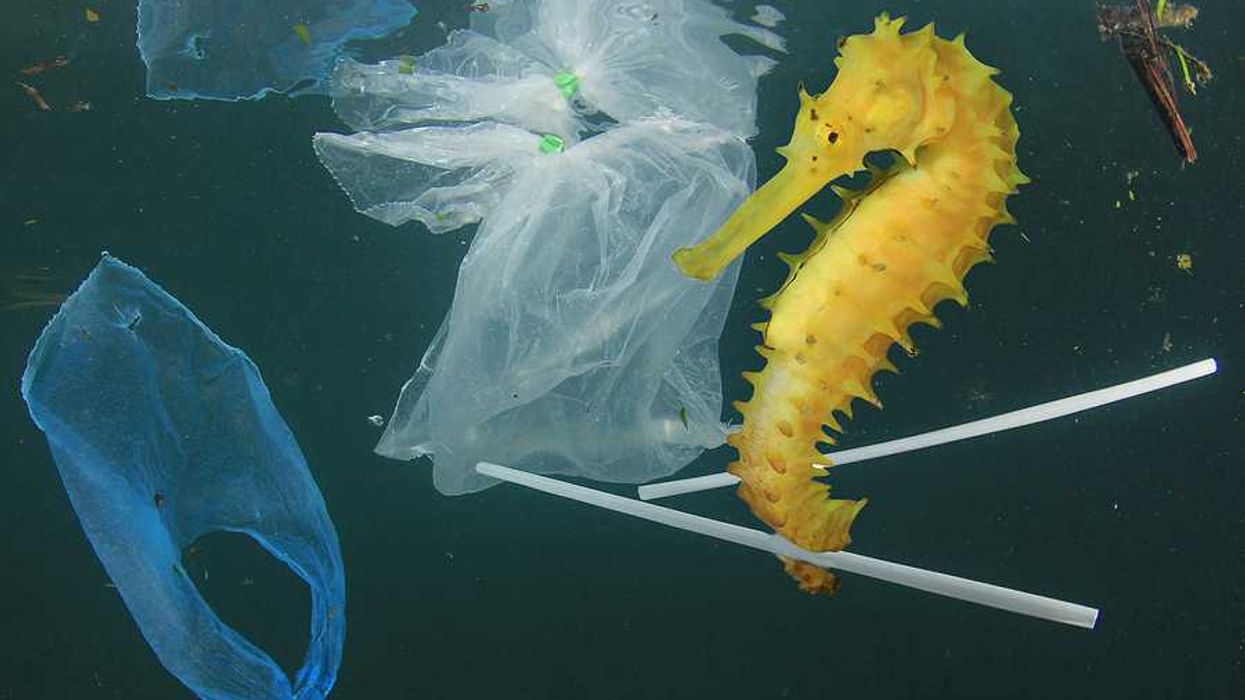A decade after a massive marine heat wave in the Pacific Ocean, scientists have confirmed it caused the largest bird die-off in modern history, killing more than 4 million common murres in Alaska.
Joshua Partlow reports for The Washington Post.
In short:
- A marine heat wave that spiked temperatures in the Pacific by up to 3°C wiped out over half of Alaska’s common murre population, devastating their food supply.
- Researchers found the event disrupted entire marine ecosystems, with species like Pacific cod and humpback whales also suffering severe population crashes.
- The study underscores how climate-driven heat waves could make such mass die-offs more common, signaling deeper ecosystem collapses to come.
Key quote:
“They were one of the first warning signs of a system in distress.”
— Megan Williams, fisheries scientist, Ocean Conservancy
Why this matters:
Scientists confirm this wasn’t just a freak event—it was a harbinger of what climate change can do to fragile ecosystems. The loss of seabirds like the murres reflects deeper cracks in the delicate systems that sustain marine life—and ultimately, us. Read more: Together, toxics and climate change hinder fish growth.














